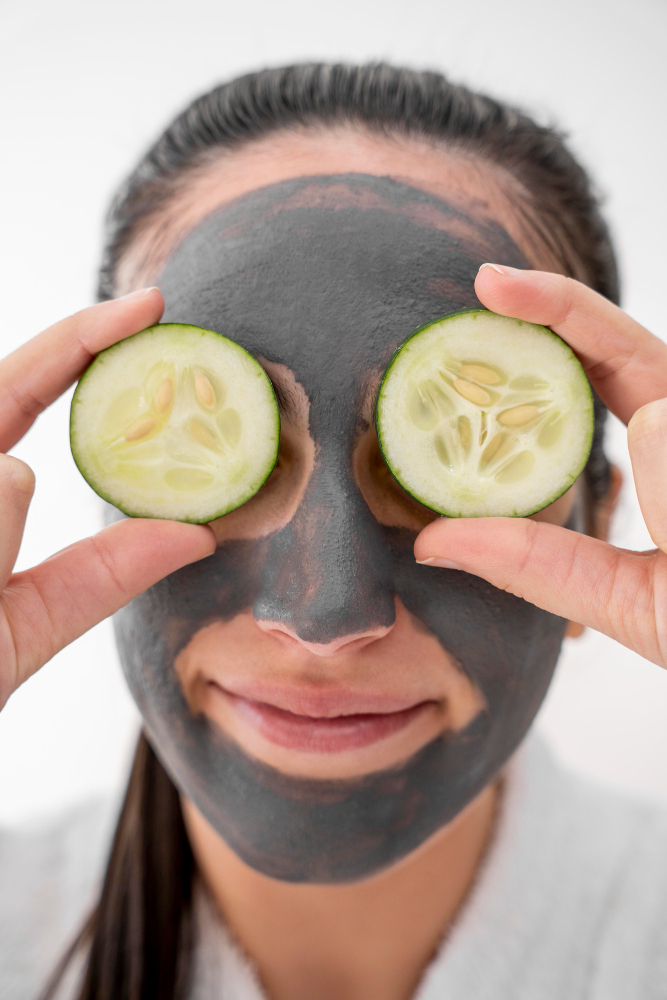When it comes to rejuvenating the skin and addressing various skin concerns, chemical peels and enzyme peels are two popular treatments that often come into consideration. While both peels aim to exfoliate and improve skin texture, they differ in their ingredients, mechanisms of action, and targeted outcomes. In this blog post, we’ll explore the key differences between chemical peels and enzyme peels to help you make an informed decision about which peel may be right for your skincare needs.
Chemical Peels: Deep Exfoliation for Skin Renewal
Chemical peels involve the application of a chemical solution to the skin, which causes controlled exfoliation of the outermost layers. These peels can vary in strength, ranging from superficial peels that target the epidermis to deeper peels that penetrate into the dermis. Common ingredients in chemical peels include alpha hydroxy acids (AHAs) like glycolic acid, beta hydroxy acids (BHAs) like salicylic acid, and trichloroacetic acid (TCA).
Key Differences with Chemical Peels:
- Depth of Penetration: Chemical peels can penetrate deeper into the skin compared to enzyme peels, making them effective for addressing concerns such as fine lines, wrinkles, acne scars, and hyperpigmentation.
- Exfoliation Intensity: Depending on the strength of the peel, chemical peels can provide more aggressive exfoliation and skin resurfacing compared to enzyme peels, which are generally milder.
- Recovery Time: Deeper chemical peels may require a longer recovery time, with potential side effects such as redness, peeling, and temporary sensitivity to sunlight. Superficial peels often have minimal downtime.
- Targeted Concerns: Chemical peels are versatile and can be tailored to target specific skin concerns, making them suitable for a wide range of skin types and conditions.

 Enzyme Peels: Gentle Exfoliation with Natural Enzymes
Enzyme Peels: Gentle Exfoliation with Natural Enzymes
Enzyme peels, on the other hand, utilize natural enzymes derived from fruits such as papaya, pineapple, and pumpkin to exfoliate the skin gently. These enzymes work by breaking down dead skin cells and promoting cell turnover, resulting in smoother, brighter skin. Enzyme peels are often recommended for individuals with sensitive skin or those seeking a more gentle exfoliation option.
Key Differences with Enzyme Peels:
- Gentle Exfoliation: Enzyme peels offer a gentler exfoliation compared to chemical peels, making them suitable for sensitive skin types or individuals who prefer milder treatments.
- Natural Ingredients: Enzyme peels typically use natural fruit enzymes, which can have antioxidant and anti-inflammatory properties, benefiting the skin beyond exfoliation.
- Minimal Downtime: Enzyme peels generally have minimal downtime, with little to no redness or peeling afterward. They are often referred to as “lunchtime peels” due to their convenience.
- Targeted Benefits: While enzyme peels may not penetrate as deeply as chemical peels, they are effective for improving skin texture, reducing dullness, and enhancing overall radiance.
Choosing the Right Peel for Your Skin
The choice between a chemical peel and an enzyme peel depends on various factors, including your skin type, specific concerns, desired outcomes, and tolerance for downtime. Consulting with a skincare professional can help determine the most suitable peel for your individual needs and ensure a safe and effective treatment.
In conclusion, chemical peels and enzyme peels offer distinct benefits and are designed to address different skin concerns. Whether you’re looking for deep exfoliation and targeted skin resurfacing with a chemical peel or prefer a gentle, natural approach with an enzyme peel, there are options available to help you achieve smoother, more radiant skin. Understanding the key differences between these peels empowers you to make an informed decision about your skincare journey.